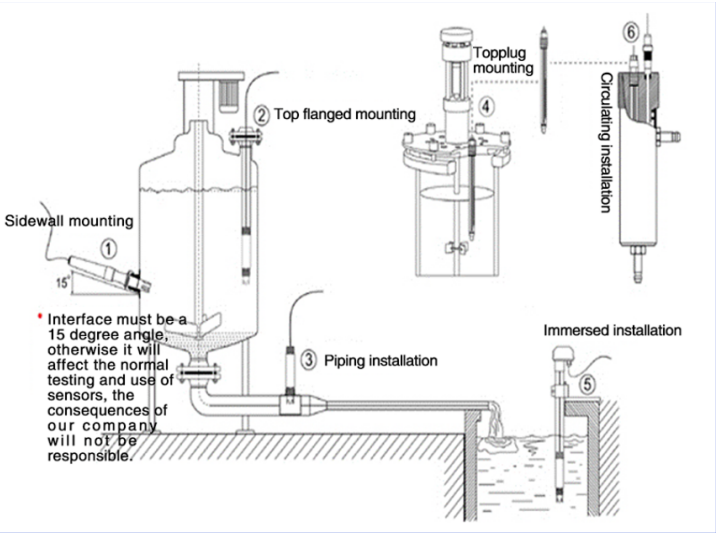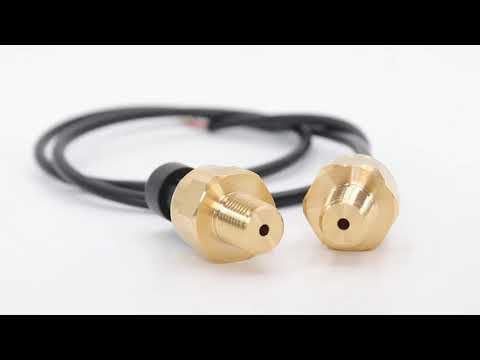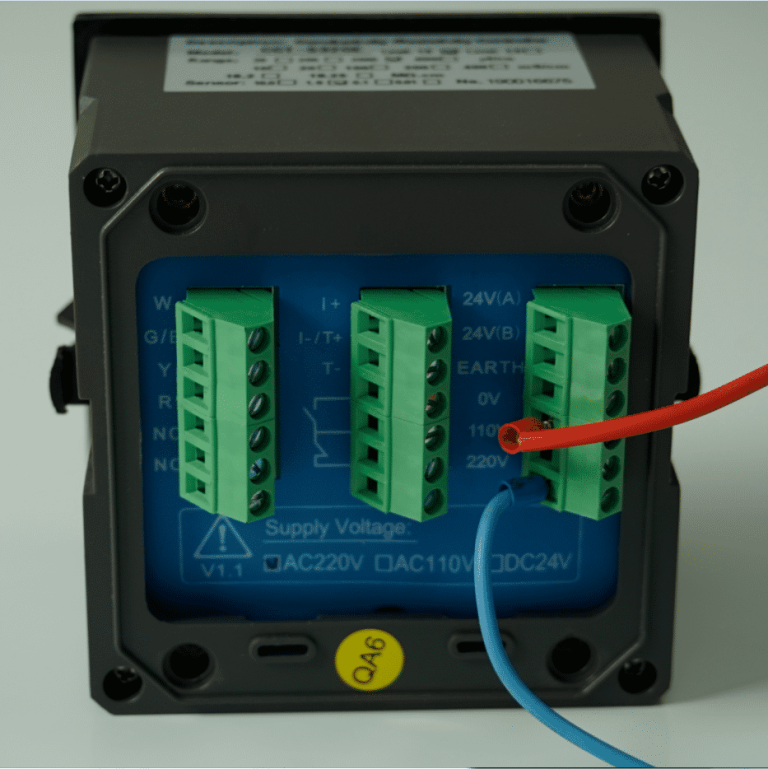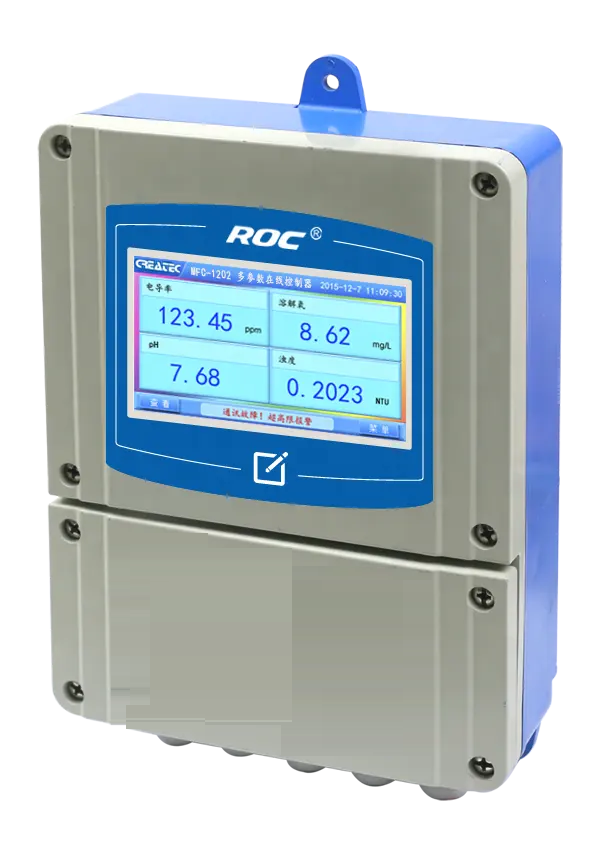Table of Contents
Understanding the Importance of a TDS 3 Water Quality Tester
Water quality is a critical aspect of our daily lives, affecting everything from our health to the taste of our food and beverages. One of the most effective ways to ensure the purity of our water is by using a TDS 3 Water Quality Tester. This device measures the Total Dissolved Solids (TDS) in water, providing a clear indication of its quality. Understanding the importance of a TDS 3 Water Quality Tester can help us make informed decisions about our water consumption and overall health.
TDS refers to the total amount of mobile charged ions, including minerals, salts, or metals dissolved in a given volume of water. These substances can originate from natural sources, sewage, urban run-off, industrial wastewater, and chemicals used in the water treatment process. While some dissolved solids are beneficial for health, excessive levels can lead to a range of health issues, including gastrointestinal problems and kidney damage. Moreover, high TDS levels can also affect the taste of water, making it bitter, salty, or metallic.
This is where the TDS 3 Water Quality Tester comes into play. This compact and easy-to-use device provides a quick and accurate measurement of the TDS level in water. It works by applying a voltage between two or more electrodes placed in the water. The ions present in the water conduct this voltage, which is then measured by the device. The higher the ion concentration in the water, the higher the conductivity, and thus, the higher the TDS level.

The TDS 3 Water Quality Tester is not only useful for checking the quality of drinking water but also has a wide range of applications. It can be used to test the water in aquariums, hydroponics, pools and spas, and even in industrial processes. Furthermore, it is an essential tool for those who rely on reverse osmosis systems, as it can help monitor the system’s efficiency and indicate when the filters need to be replaced.
| Model | EC-1800 online conductivity controller |
| Range | 0-2000/4000uS/cm 0-20/200mS/cm |
| 0-1000/2000PPM | |
| Accuracy | 1.5%, 2%, 3%(FS) |
| Temp. Comp. | Automatic temperature compensation based on 25℃ |
| Oper. Temp. | Normal 0~50℃; High temp 0~120℃ |
| Sensor | C=0.1/1.0/10.0cm-1 |
| Display | 128*64 LCD Screen |
| Communication | 4-20mA output/2-10V/1-5V/RS485 |
| Output | High/Low limit dual relay control |
| Power | AC 220V±10% 50/60Hz or AC 110V±10% 50/60Hz or DC24V/0.5A |
| Working Environment | Ambient temperature:0~50℃ |
| Relative humidity≤85% | |
| Dimensions | 96×96×100mm(H×W×L) |
| Hole Size | 92×92mm(H×W) |
| Installation Mode | Embedded |
One of the key advantages of the TDS 3 Water Quality Tester is its simplicity. With a press of a button, it provides an instant reading, eliminating the need for complex testing procedures or laboratory analysis. Moreover, it is portable and battery-operated, making it convenient for use at home, in the office, or on the go.
However, it’s important to note that while a TDS 3 Water Quality Tester provides valuable information about the overall ion content of water, it does not identify specific substances or contaminants. Therefore, if the TDS level is high, it is advisable to have the water further tested to identify the exact substances present.
How to Improve Your Water Quality with a TDS 3 Tester
Water quality is a critical aspect of our daily lives, affecting everything from our health to the taste of our food and beverages. One of the most effective ways to ensure the quality of your water is by using a TDS 3 water quality tester. This device measures the Total Dissolved Solids (TDS) in water, providing a quantitative assessment of its purity.
TDS refers to any inorganic and organic substances present in water in molecular, ionized, or micro-granular suspended form. These substances can include minerals, salts, metals, cations, or anions dissolved in water. While some dissolved solids are essential for health, high levels can lead to health issues and affect the taste and odor of water.
The TDS 3 tester is a handheld device that is easy to use and provides instant results. It works by applying a voltage between two or more electrodes placed in the water. The dissolved solids in the water allow it to conduct electricity, and the tester measures this conductivity to estimate the TDS level. The results are displayed in parts per million (ppm), providing a clear indication of the water’s quality.
To use the TDS 3 tester, you simply turn it on, immerse the probe in the water, and wait for the reading to stabilize. The tester should be cleaned after each use to ensure accurate readings. It’s also important to calibrate the device regularly using a solution with a known TDS level.
The World Health Organization suggests that the TDS level in drinking water should be below 300 ppm. If your water tests above this level, there are several steps you can take to improve its quality.

Firstly, you can install a water filtration system. These systems use various methods to remove dissolved solids and other contaminants from water. Reverse osmosis systems are particularly effective at reducing TDS levels, but they can also remove beneficial minerals. Therefore, it’s important to choose a system that balances the removal of harmful substances with the retention of beneficial ones.
Secondly, you can consider using a water softener if your water has a high mineral content. Water softeners work by replacing calcium and magnesium ions, which are the primary cause of water hardness, with sodium ions.
Lastly, regular maintenance of your water supply system can also help to improve water quality. This includes cleaning and disinfecting water tanks and pipes, as well as regularly testing the water to monitor its quality.
| ROS-8600 RO Program Control HMI Platform | ||
| Model | ROS-8600 Single Stage | ROS-8600 Double Stage |
| Measuring range | Source water0~2000uS/cm | Source water0~2000uS/cm |
| First level effluent 0~200uS/cm | First level effluent 0~200uS/cm | |
| secondary effluent 0~20uS/cm | secondary effluent 0~20uS/cm | |
| Pressure sensor(optional) | Membrane pre/post pressure | Primary/ secondary membrane front/rear pressure |
| ph sensor(optional) | —- | 0~14.00pH |
| Signal collection | 1.Raw water low pressure | 1.Raw water low pressure |
| 2.Primary booster pump inlet low pressure | 2.Primary booster pump inlet low pressure | |
| 3.Primary booster pump outlet high pressure | 3.Primary booster pump outlet high pressure | |
| 4.High liquid level of Level 1 tank | 4.High liquid level of Level 1 tank | |
| 5.Low liquid level of Level 1 tank | 5.Low liquid level of Level 1 tank | |
| 6.Preprocessing signal | 6.2nd booster pump outlet high pressure | |
| 7.Input standby ports x2 | 7.High liquid level of Level 2 tank | |
| 8.Low liquid level of Level 2 tank | ||
| 9.Preprocessing signal | ||
| 10.Input standby ports x2 | ||
| Output control | 1.Water inlet valve | 1.Water inlet valve |
| 2.Source water pump | 2.Source water pump | |
| 3.Primary booster pump | 3.Primary booster pump | |
| 4.Primary flush valve | 4.Primary flush valve | |
| 5.Primary dosing pump | 5.Primary dosing pump | |
| 6.Primary water over standard discharge valve | 6.Primary water over standard discharge valve | |
| 7.Alarm output node | 7.Secondary booster pump | |
| 8.Manual standby pump | 8.Secondary flush valve | |
| 9.Secondary dosing pump | 9.Secondary dosing pump | |
| Output standby port x2 | 10.Secondary water over standard discharge valve | |
| 11.Alarm output node | ||
| 12.Manual standby pump | ||
| Output standby port x2 | ||
| The main function | 1.Correction of electrode constant | 1.Correction of electrode constant |
| 2.Overrun alarm setting | 2.Overrun alarm setting | |
| 3.All working mode time can be set | 3.All working mode time can be set | |
| 4.High and low pressure flushing mode setting | 4.High and low pressure flushing mode setting | |
| 5.The low pressure pump is opened when preprocessing | 5.The low pressure pump is opened when preprocessing | |
| 6.Manual/automatic can be chosen when boot up | 6.Manual/automatic can be chosen when boot up | |
| 7.Manual debugging mode | 7.Manual debugging mode | |
| 8.Alarm if communication interruption | 8.Alarm if communication interruption | |
| 9. Urging payment settings | 9. Urging payment settings | |
| 10. Company name,website can be customized | 10. Company name,website can be customized | |
| Power supply | DC24V±10% | DC24V±10% |
| Expansion interface | 1.Reserved relay output | 1.Reserved relay output |
| 2.RS485 communication | 2.RS485 communication | |
| 3.Reserved IO port, analog module | 3.Reserved IO port, analog module | |
| 4.Mobile/computer/touch screen synchronous display | 4.Mobile/computer/touch screen synchronous display | |
| Relative humidity | ≦85% | ≤85% |
| Environment temperature | 0~50℃ | 0~50℃ |
| Touch screen size | 163x226x80mm (H x W x D) | 163x226x80mm (H x W x D) |
| Hole Size | 7 inch:215*152mm(wide*high) | 215*152mm(wide*high) |
| Controller size | 180*99(long*wide) | 180*99(long*wide) |
| Transmitter size | 92*125(long*wide) | 92*125(long*wide) |
| Installation method | Touch screen:panel embedded; Controller: plane fixed | Touch screen:panel embedded; Controller: plane fixed |
In conclusion, a TDS 3 water quality tester is a valuable tool for monitoring and improving the quality of your water. By providing a quantitative measure of the total dissolved solids in your water, it allows you to take informed steps to ensure the health and wellbeing of your household. Whether you choose to install a water filtration system, use a water softener, or simply maintain your water supply system, the TDS 3 tester provides the information you need to make the best decisions for your water quality.







